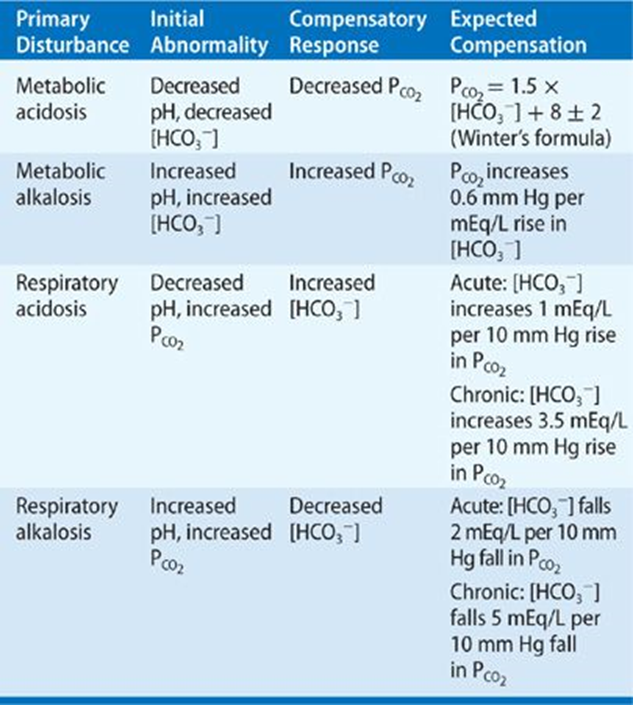The nurse is monitoring a client who was diagnosed with Type 1 Diabetes Mellitus and is being treated with NPH and regular insulin. Which manifestations alert the nurse to the presence of a possible hypoglycemic reaction? (SELECT ALL THAT APPLY)
Nervousness
Tremors
Irritability
Anorexia
Hot, dry skin
Muscle cramps
Correct Answer : A,B,C
A. Nervousness:
Explanation: Correct. Nervousness is a common symptom of hypoglycemia.
B. Tremors:
Explanation: Correct. Tremors or shakiness can occur with hypoglycemia.
C. Irritability:
Explanation: Correct. Irritability is one of the signs of hypoglycemia.
D. Anorexia:
Explanation: Anorexia or loss of appetite is a possible symptom of hypoglycemia but not as commonly observed as other symptoms.
E. Hot, dry skin:
Explanation: Hot, dry skin is not typically associated with hypoglycemia. Diaphoresis or sweating is more common.
F. Muscle cramps:
Explanation: Muscle cramps are not typical symptoms of hypoglycemia.
Nursing Test Bank
Naxlex Comprehensive Predictor Exams
Related Questions
Correct Answer is D
Explanation
A. Respiratory acidosis:
This occurs when there is inadequate ventilation, leading to an accumulation of carbon dioxide (CO2) in the blood. In the context of a nasogastric tube attached to low suction, respiratory acidosis is not the primary concern. It is more associated with conditions like respiratory depression or lung diseases.
B. Metabolic acidosis:
Metabolic acidosis results from an excess of acid or a loss of bicarbonate. It is not the typical outcome of a nasogastric tube attached to low suction. Conditions like diarrhea or renal failure are more commonly associated with metabolic acidosis.
C. Respiratory alkalosis:
Respiratory alkalosis occurs when there is excessive loss of carbon dioxide from the body, often due to hyperventilation. This is not a typical consequence of a nasogastric tube attached to low suction.
D. Metabolic alkalosis:
Metabolic alkalosis is characterized by an excess of bicarbonate or a loss of acid. In the given context, with the nasogastric tube attached to low suction, there is a potential loss of gastric acid, contributing to metabolic alkalosis.
Correct Answer is B
Explanation
A. Metabolic Acidosis
Metabolic acidosis is characterized by a low pH and low bicarbonate (HCO3) level. In this case, the pH is low (indicating acidosis), but the bicarbonate level is within the normal range, which is inconsistent with metabolic acidosis.
B. Respiratory Acidosis
This is correct. Respiratory acidosis is characterized by an elevated partial pressure of carbon dioxide (PaCO2), leading to a decrease in pH. The ABG values in this case indicate elevated PaCO2 and a low pH, consistent with respiratory acidosis.
C. Metabolic Alkalosis
Metabolic alkalosis is characterized by a high pH and high bicarbonate (HCO3) level. In this case, the pH is low (indicating acidosis), which is inconsistent with metabolic alkalosis.
D. Respiratory Alkalosis
Respiratory alkalosis is characterized by a low partial pressure of carbon dioxide (PaCO2) and a high pH. In this case, the PaCO2 is elevated, which is inconsistent with respiratory alkalosis.

Whether you are a student looking to ace your exams or a practicing nurse seeking to enhance your expertise , our nursing education contents will empower you with the confidence and competence to make a difference in the lives of patients and become a respected leader in the healthcare field.
Visit Naxlex, invest in your future and unlock endless possibilities with our unparalleled nursing education contents today
Report Wrong Answer on the Current Question
Do you disagree with the answer? If yes, what is your expected answer? Explain.
Kindly be descriptive with the issue you are facing.
